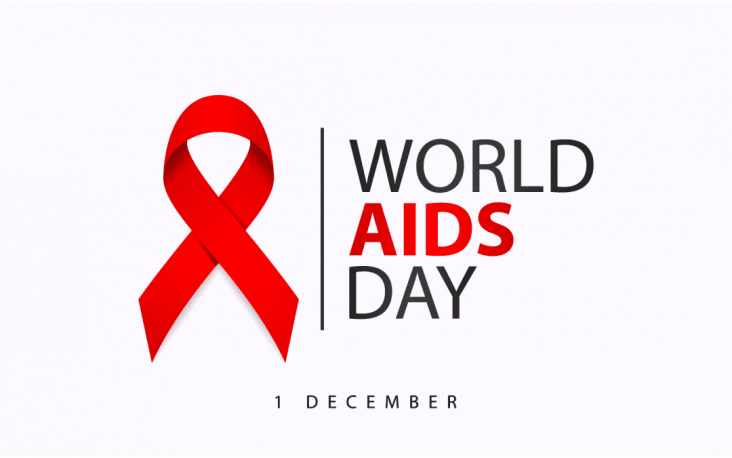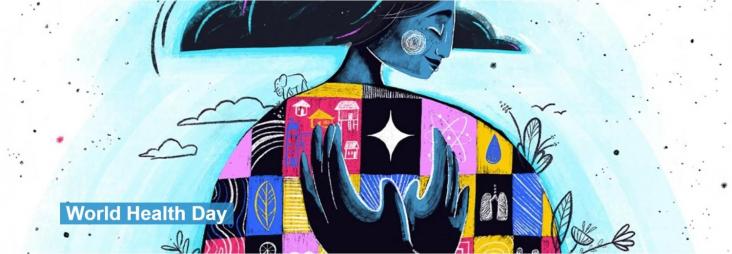This Health Policy paper supports SDG 3, 15, and 16 by highlighting how climate change and other human-induced environmental changes, such as loss of biodiversity and air pollution, disproportionately affect the health of minoritised people globally.
This review integrates the current evidence and potential mechanisms of gut microbiota and its metabolites in Alzheimer’s disease and comprehensively reviews the possibility of leveraging dietary interventions to prevent Alzheimer’s disease progression, with a focus on the gut–microbiota–brain connections and diet–metabolite–host interactions.
Elsevier,
Brain Responses to Auditory Mismatch and Novelty Detection, First Edition, 2023, pp 271-314
This chapter advances the UN SDG goals 3 and 17 understanding whether decreasing network connectivity in aging is independent of changes across cognitive networks or is accelerated by mild cognitive impairment and AD.
This chapter aligns with Goal 3: Good Health and Wellbeing and Goal 15: Life on Land by describing the needs of cats in order to promote companion animal welfare.

Recognising our customers' exceptional work to achieve the United Nations' Sustainable Development Goals
Water is a dwindling natural resource, and potable water is wrongly considered an unlimited resource. This review seeks to support policymakers in making informed decisions about water use, avoiding wasting, and finding solutions that may be planet friendly and patient friendly in dialysis, especially in hemodialysis treatments.
In this review, we summarized the potential therapeutic effects and related mechanisms of Panax ginseng in treating AD and VaD to provide some examples for further studies.
The study reveals that damage to the blood-brain barrier increases the proportion of microglia, a type of brain cell, which contributes to the progression of aging and Alzheimer's disease. It also identifies ten different functional types of microglia and underscores the significance of certain signalling pathways in communication between cells.


